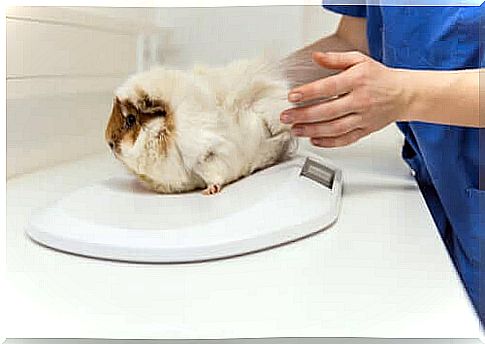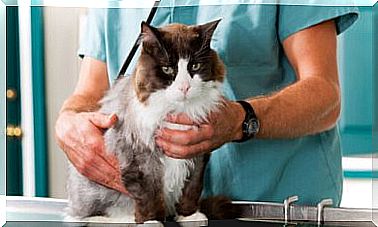Tumors In Rodents: When They Appear And How To Deal With Them

Many people decide to keep a rodent as a pet. For this reason, there are more and more clinics specializing in exotic animals, where it is necessary to turn to when these animals get sick and need treatment. In fact, especially when they reach old age, the probability of tumors appearing in rodents increases dramatically.
Therefore, rats, mice, guinea pigs, degus, hamsters and gerbils, like cats and dogs, need regular visits to the vet even if there are no previous symptoms.
Like other animals, rodents also develop pathologies. The difference is that, due to their rapid metabolism, the development of the disease can be much faster, causing the animal to die within days.
When you have rodents as pets, you need to be extremely alert to any changes in your pet’s routine: whether he eats more or less, or even if his facial expression changes.
A very important thing to take into consideration when having rodents as pets is their diet, as each species must follow a unique type of diet. Most of the time, animals get sick because they don’t eat a proper diet. Digestive problems, along with neoplasms, are the most common diseases among rodents.

Types of tumors in rodents
Tumors in rodents are one of the most common diseases when these animals reach old age. Life expectancy varies greatly between species, as does the appearance of spontaneous tumors. Below is the average lifespan in different domestic rodents:
- Rats: between two and three and a half years.
- Mice: between one and two and a half years.
- Gerbils: between two and three years.
- Hamster hamsters : between one and a half and two years.
- Guinea pigs: four to eight years.
- Degu: With a longer life expectancy, they can reach 10 years.
The frequency of tumors in rodents also depends on the species.
For example, rats develop neoplasms more frequently than mice or other pets in general. The most commonly observed types of cancer are :
- Rats : Benign breast fibroadenomas, skin fibroids and fibrosarcomas, lymphosarcomas, uterine carcinomas and benign thymic tumors. They appear approximately when the animal is about two years old.
- Mice : in these animals the so-called cancerous age begins in the second half of the first year of life and usually around 16 months of age and when the highest peak occurs. Around the age of two, 10% of mice develop neoplasms. Breast adenocarcinomas are the most common.
- Gerbils : squamous cell carcinomas, melanomas and neoplasms of the female reproductive system.
- Hamsters : nodal lymphosarcomas, adrenal cortical tumors and uterine adenocarcinomas. Cheek tumors may rarely appear.
- Guinea pigs: trichofolliculomas, which are a type of benign tumors typically located in the lumbar dorsal region with alopecia and crust with an open central pore that can become infected, neoplasms of the lungs, reproductive tract, mammary glands of the hematopoietic system.
- Degu : hepatocellular carcinoma.

And the treatments?
The first thing we need to take into account is that the vast majority of tumors in rodents originate when the animal is elderly. Therefore, if your pet is suffering from a malignant tumor, as diagnosed by a veterinarian, euthanasia may be the most ethical option.
However, these tumors are usually benign and therefore are not life-threatening. Mostly they will be a nuisance, as they tend to grow significantly preventing normal locomotion.
In conclusion, when the tumor does not have a malignant prognosis it is advisable to remove it, as it does not represent a risk for the life of the rodent.









